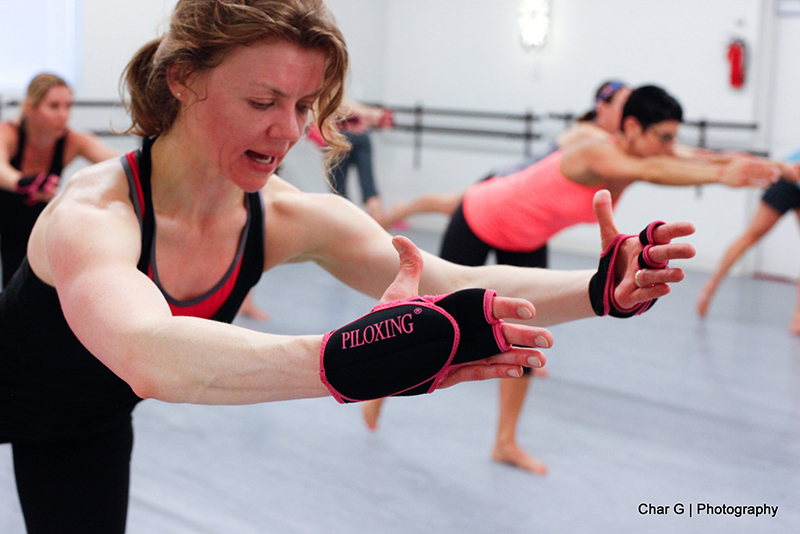
22 Apr April is Foot Heath Awareness Month!
Feet deserve our attention and respect.
Feet are our base, our foundation. Feet support our entire skeletal structure. They influence our muscle function and quality of movement. They need to be strong, supple, flexible and sensitive in order to walk, jump, and run on various surfaces.
They are designed to carry, support and balance our body. Running, squatting, jumping, dancing and movement in general, puts different demands on our feet. They absorb and transform energy.
Taking care of our feet is very important. Knowing how your feet effect the rest of your body and how the feet work best to support us is very important. We want to move our feet well in order to put less wear and tear on the rest of our body. Well functioning feet can help us protect and free up our spine.
Fun Fact: Depending on your running speed – the foot you land on has to carry 3 – 5 times your body weight!
Our feet consist of 26 bones (plus 2 sesamoid bones). They are structured and organized to form two arches:
Longitudinal Arch
Transverse Arch
This structure provides what we need during movement for both stability and mobility.
The optimal position of the foot is when the heel bone is aligned vertically on the floor, it is centered and stable. The forefoot is aligned horizontally on the floor. The mid foot and forefoot are pronated on the floor. Big toe is firmly anchored to the floor and toes are relaxed.
The transverse arch functions as shock absorber. It yields when our foot is landing on the ground thus absorbing the body’s weight and then comes back up into its original shape when we push off the ground.
Our feet are constantly providing data and feedback to our brain while we are walking, running and jumping.
Fun Fact: The soles of your feet contain more sweat glands and sensitive nerve-endings per square centimeter that any other part of your body.
Through thousands of sensory receptors, they communicate about the texture, inclination and temperature of the surface we are walking on. They give the brain consistent and constant feedback about spatial bodies position, alignment and safety. They play a big part in movement coordination as our senses of equilibrium and vision.
Feet (and eyes and inner ear) are important sources of information for our balance and posture!
The better the receptors are working, the more information our body gets to optimize our movement.
Barefoot training (yay for Pilates, Piloxing and Essentrics) is a preferred option to strengthen your feet. Exercising barefoot stimulates the use of the intrinsic foot and leg muscles that may have become weak or atrophied by wearing shoes.
Studies have shown that activating muscles of the sole of the foot correspond with activating the pelvic floor, as well as the transverse abdominal muscle. (Yes, feet impact your abs!) Stretching and strengthening of the two arches of the foot enhances the stability from the joints of the foot up through the kinetic chain to ankle, leg, knee and hip.
Having strong, supple, flexible and sensitive feet will improve our posture, balance, awareness and connect deeper into your Powerhouse! When the feet begin to communicate with the body again, muscles engage in proper sequencing and many physical pain and alignment problems can dissolve in a healthy, natural and pain free way.
I am aware of my feet in each exercise, even when I am not on my feet! I have found I can remove tension in other parts of my body and move more feel through this awareness.
Fun fact: Tibialis Posterior which comes from the arch of the foot through the inner ankle bone up the back of tibia and quad, fascially connects to your Psoas and Diaphragm and helps to release your spine in extension exercises like a Swan Facing Back on the Reformer. Lift your aches and flex your ankles!
Do you sit at computers all day long?
Do you suffer Plantar Fasciitis?
Do you sit for long hour and then go out and run or exercise at lunch time?
Do you know that sitting for hours tends to turn off the Gluteus Maximus?
If the gluteals are weak or “turned off”, and you decide to run, something in the kinetic chain of the glutes, hamstrings, calf muscles and foot muscles has to work harder.
Make sure that your other muscles are functioning correctly. When you work on your stretches and strengthening exercises of the intrinsic muscles of foot, you might want to consider some work on the muscles up the kinetic chain.
Calves
Soleus
Gastrocnemius
Lower Leg
Tibialis Posterior
Flexor Digitorum Longus
Flexor Hallucis Longus
Peroneus Longus
Peroneus Brevis
Peroneus Tertius
Tibialis Anterior
Extensor Hallicus
Extensor Digitorum
Upper Leg and Hip
Hamstrings, Quadriceps, Hip Flexors, Adductors, Gluteus
Would you like to learn more about your feet and how can Pilates help you?
I would love to show you various exercises to wake up your feet.
In my classes and private sessions, we use small balls of different sizes and textures. By applying varying pressures on the ball while moving the foot over the ball in various positions and speeds we massage our feet. We also use our hands, fingers and Theraband.
Join me!


Renee B.
Posted at 18:10h, 22 AprilThank you for the ball! Using the ball really helped after my broken foot!
Andrea Dean
Posted at 21:50h, 22 AprilI am so glad, Renee, they are an amazing tool.